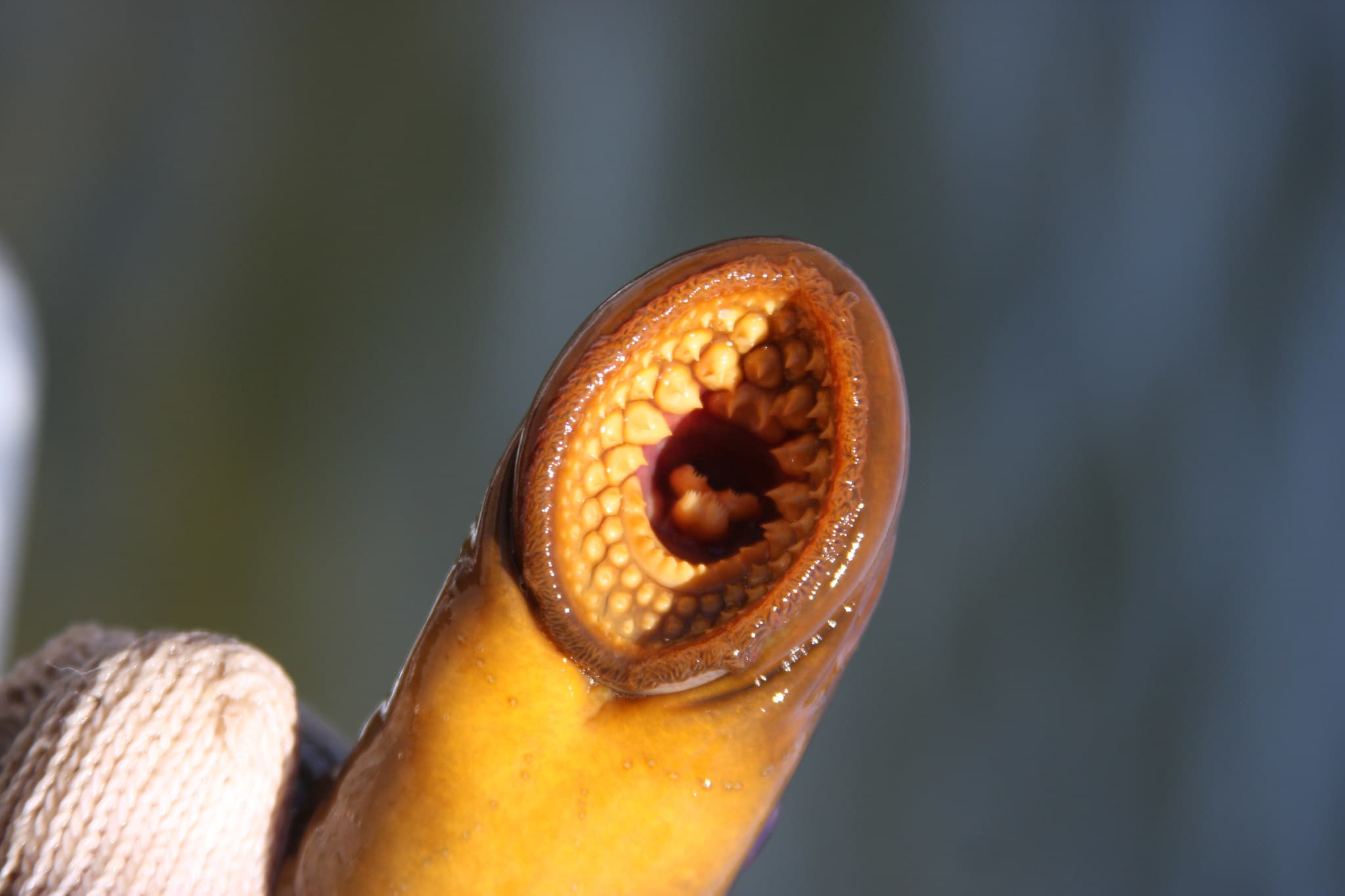Officials Move to Treat Lake Erie’s “Vampire Fish” Problem
OutdoorHub Reporters 05.22.15

Sea lampreys, also known as the “vampires of the Great Lakes,” have caused no shortage of headaches for wildlife officials trying to mitigate their effects on native fish.
The eel-like creatures were originally native to the Atlantic Ocean and certain lakes in New York and Vermont, but eventually found their way into the Great Lakes, where they decimated populations of fish such as lake trout, chub, and lake whitefish. With no natural predators of their own, these vampire fish have caused problems in the surrounding area for decades until the development of a chemical lampricide in the late 1950s. Now the lamprey population is on the rebound and officials are planning another dose to keep their population down.
According to WKBW, the Department of Fisheries and Oceans Canada will begin applying the lampricide TFM near Lake Erie this week. Usually, treatments of TFM occur in semi-regular rotations depending on need, but officials will occasionally alter the schedule if the lampreys appear to be getting out of hand. The chemical is designed specifically to combat lampreys and will have no effect on humans, and little effect on other fish. In addition, officials will not be treating the Lake Erie itself, but rather the surrounding creeks and streams.
“Sea lampreys are most vulnerable during their larval stage. Because TFM is effective when it is used to target larval sea lampreys in streams, TFM is applied to streams, not to the open waters of the Great Lakes,” stated the Great Lakes Fishery Commission on its website. “Tributary streams to the Great Lakes where larval sea lampreys are found are treated at three to ten year intervals, depending on the abundance, rate of growth, and age of the populations.”
Lamprey populations have been growing in recent years, to the point where they are considered a danger to steelhead trout in Northeast Ohio. Cleveland.com reported in 2013 that anglers were seeing a shortage of steelhead in New York, Pennsylvania, and Ontario as well. Spikes in the lamprey population are not unprecedented. In 2008, the US Fish and Wildlife Service made back-to-back TFM treatments to control a surge of the invasive critters. Each female sea lamprey can lay up to 100,000 eggs during their adult lifetime—which only lasts about a year and a half. In that time, a single lamprey can kill 40 pounds of fish.
These slimy, ugly critters may not fear the sunlight or have a deadly allergy to garlic, but their voracious appetite for blood has made their nickname of “vampire” is quite accurate. A lamprey feeds by latching onto a fish with its suction-cup mouth, and then tearing through the fish’s flesh using their sharp teeth. Secretions from the lamprey prevent the fish’s blood from clotting and allows it to gorge freely. Afterwards, the fish is discarded and either dies from blood loss or infection. Only about one out of seven fish will survive a lamprey attack.

